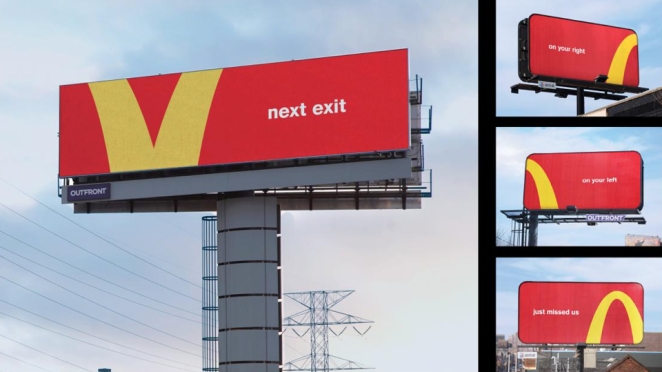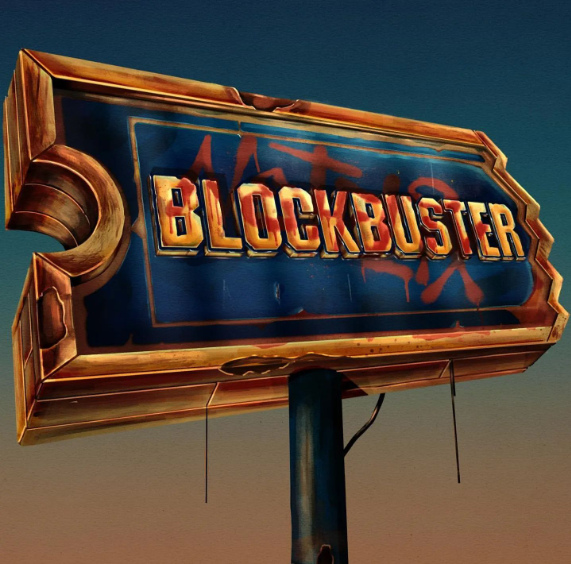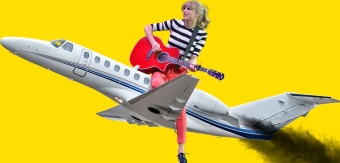Not every brand can be an icon and even those that achieve iconic status are not guaranteed immortality. Of course, changing consumer and economic trends are always going to play an important part in whether a brand sticks around for months, years or decades but it’s undeniable that many of the ones that have stuck around have something “different” about them.
To explore exactly what it is that keeps these brands relevant in the face of perpetual and aggressive change, let’s explore five iconic brands that have effortlessly weathered the stains of time and five that have succumbed to the cosmic chaos.
The Headliners
Coca-Cola
Since its inception in 1892, Coca-Cola has become a pop culture staple, not only as an iconic soft drink but as a herald od societal change. Imagine, for example, Christmas without jolly old Santa Claus and his big red coat. Without Coca-Cola, that warm and cuddle bastion of festive fun wouldn’t exist, at least not as we know it.
With 1.9 billion servings consumed daily worldwide, this cola giant has transcended generations. How did it survive? Through rigorous adaptation. Few brands have managed to adapt as fluidly as Coke and while not every experiment landed (new Coke in the 80s, for example), the fact they were willing to push boundaries in both without losing that classic red and white vintage design ethos, has kept them relevant for well over 100 years.
Apple
Born in a garage in the '70s, Apple revolutionized technology and did so from decidedly humble beginnings. From Macintosh to the ubiquitous iPods and iPhones, they’re a company that has remained relevant through a trademark marriage of sleek style and innovation.

Fraser Leid
Their secret sauce? A blend of elegant, minimal design, intuitive interfaces, and a cult-like following. The bitten apple remains etched in our digital DNA a logo that transcends the need for words or an explanation. It is just “Apple”. The company might have wavered in its innovation in recent years, but the recent launch of the Vision Pro shows there’s still life in the old dog yet.
Lego
Lego is more than just plastic bricks; the Dutch toy brand represents imagination crystallized. Since 1932, these colourful blocks have sparked creativity in kids and adults alike but it’s not just the toys themselves that have kept the brand in the public consciousness.
There’s a whole world of branding opportunities that include everything from theme parks to video games and everything in between. It’s been a gradual process, building over several decades, that’s ensured Lego remains front and centre whenever we think of colourful fun for the whole family.
McDonald’s
In 1954, McDonald’s flipped its first burger, and the world took a collective bite. Over 40,000 branches later, those golden arches beckon hungry souls in hundreds of countries. Their secret sauce? Consistency and scalability.

Guy Moore
You can step into a McDonald’s restaurant in Bangkok or Berlin, Kidderminster or Kuala Lumpur and you’ll instantly feel right at home. That’s very much by design and it’s a fundamental reason why the brand has managed to monopolise affordable fast food.
The Fading Stars
Blockbuster
Once a beloved Friday night ritual, Blockbuster ruled video rentals for the 80s and 90s. But streaming eclipsed their VHS and DVD libraries. Their failure? Resistance to change. They missed the digital bus, and now they’re known as little more than a nostalgic relic; a symbol of 90’s neon decadence.
Kodak
Kodak captured memories for decades. But when digital cameras clicked, they blinked. Their reluctance to embrace the pixel revolution led to their downfall. The Kodak moment faded to black.
Nokia
Remember the sturdy Nokia phones? Snake, anyone? They ruled the mobile realm. But when touchscreens swirled in, Nokia clung to buttons. Their ringtone faded, and Apple took center stage. Of course, Nokia is far from the only phone brand of yesteryear to fall by the wayside.
MySpace
Before Facebook, there was MySpace—a virtual playground for selfies and emo playlists. But as Zuckerberg’s empire grew, MySpace lost its groove. The top friends list vanished, and Tom logged off.

Christopher Charles Perry
The lesson here? Adapt and innovate while remaining true to the essence of your brand and you should have all the tools you need to stay relevant. After all, time waits for no logo.
Header image by Sandun Dayarathne




